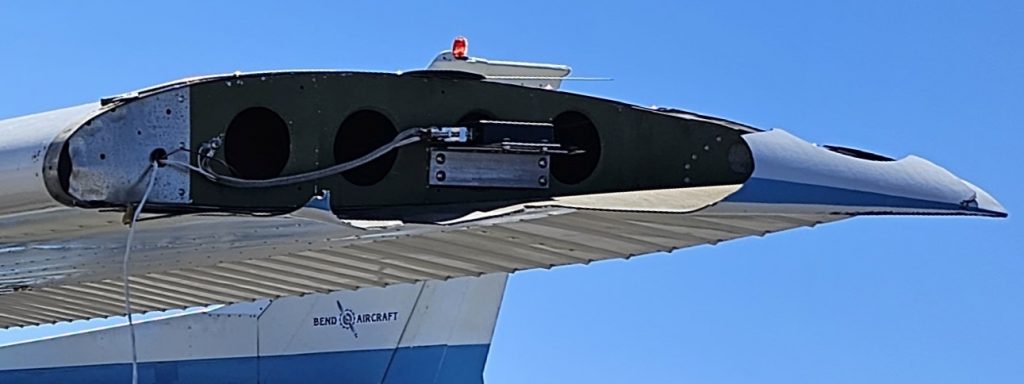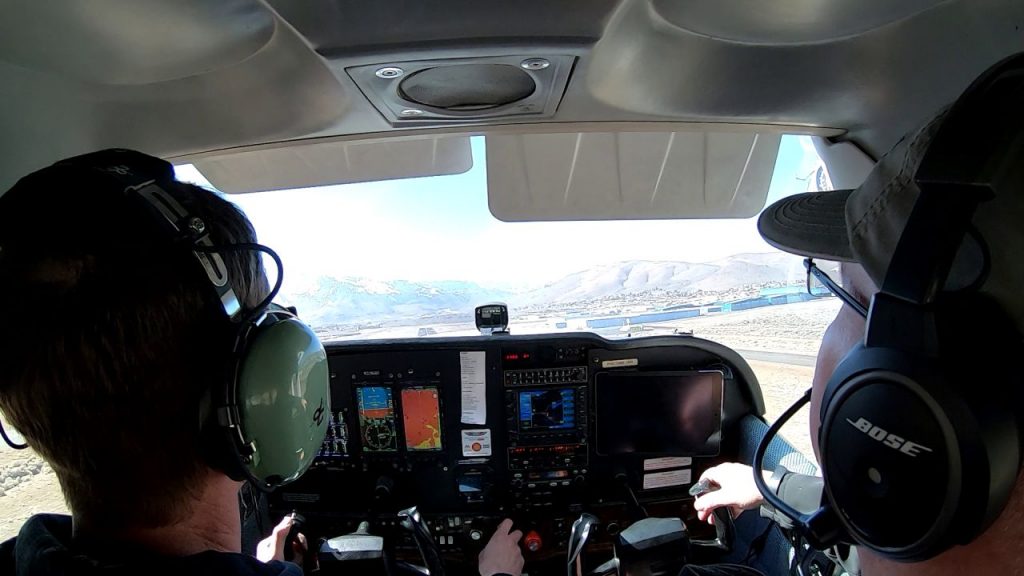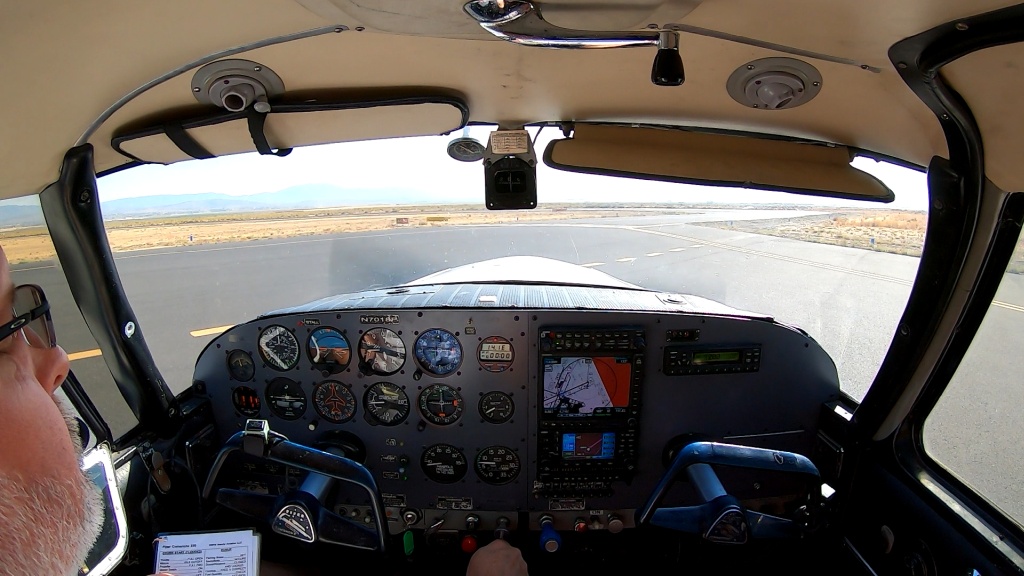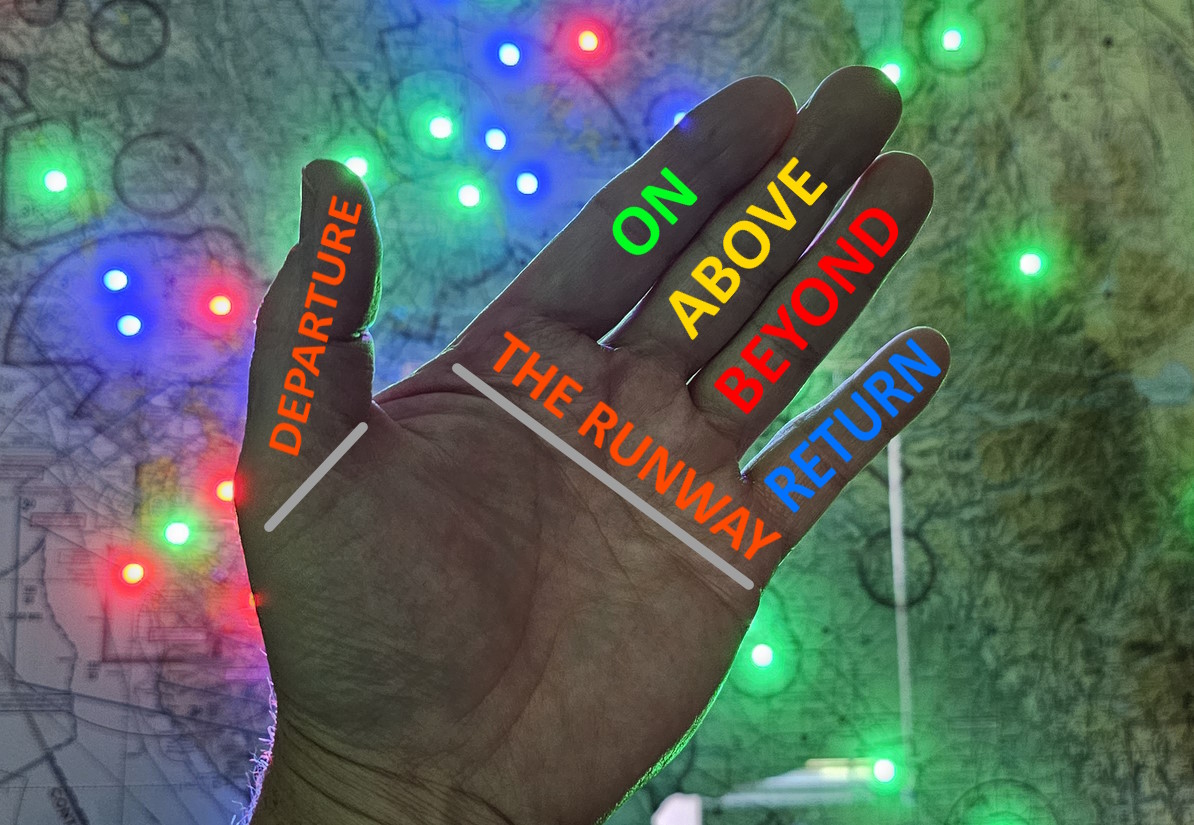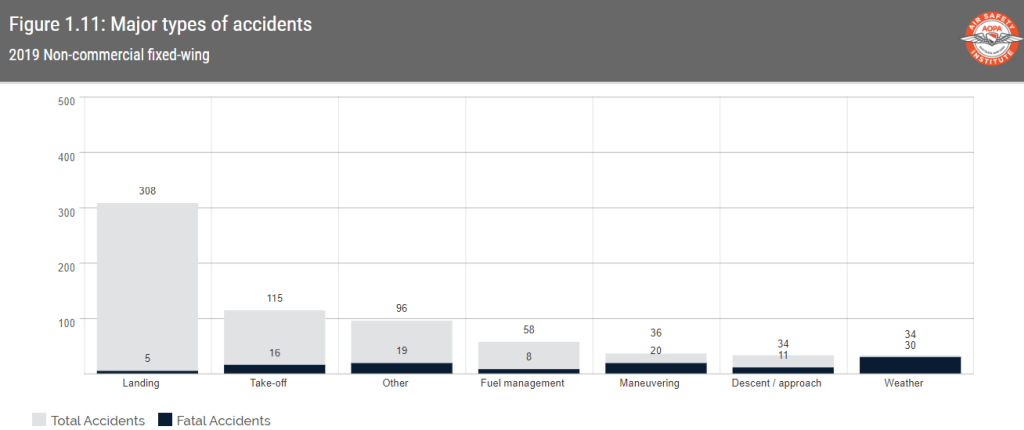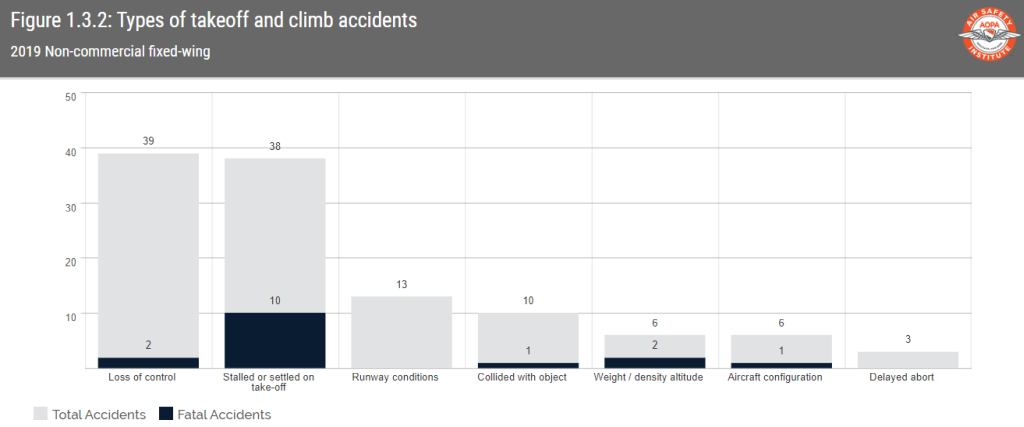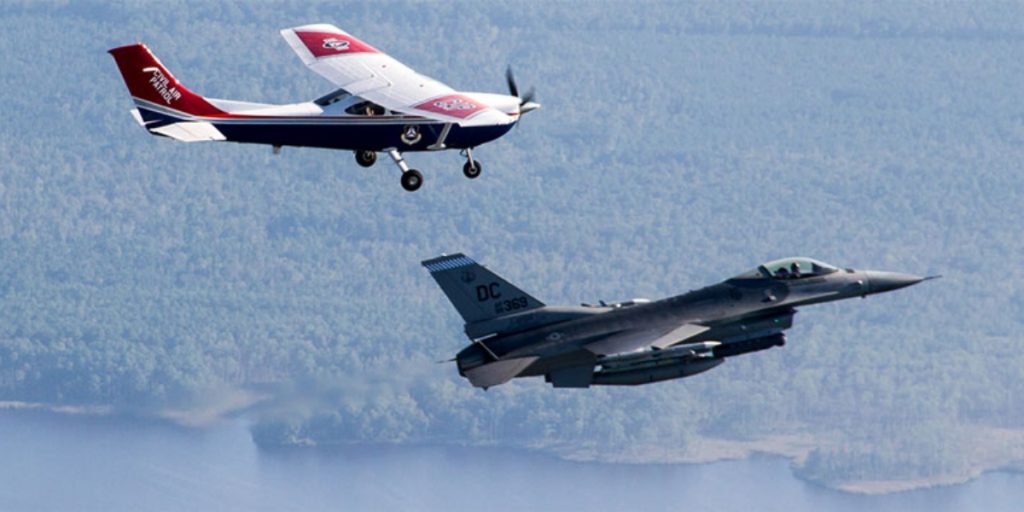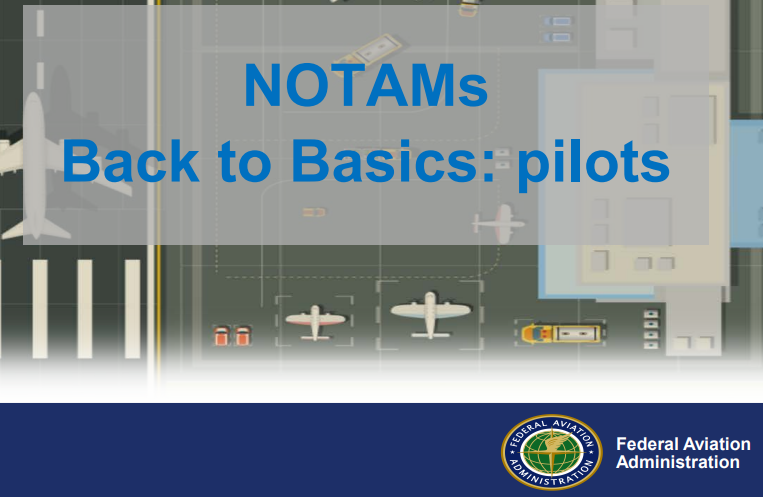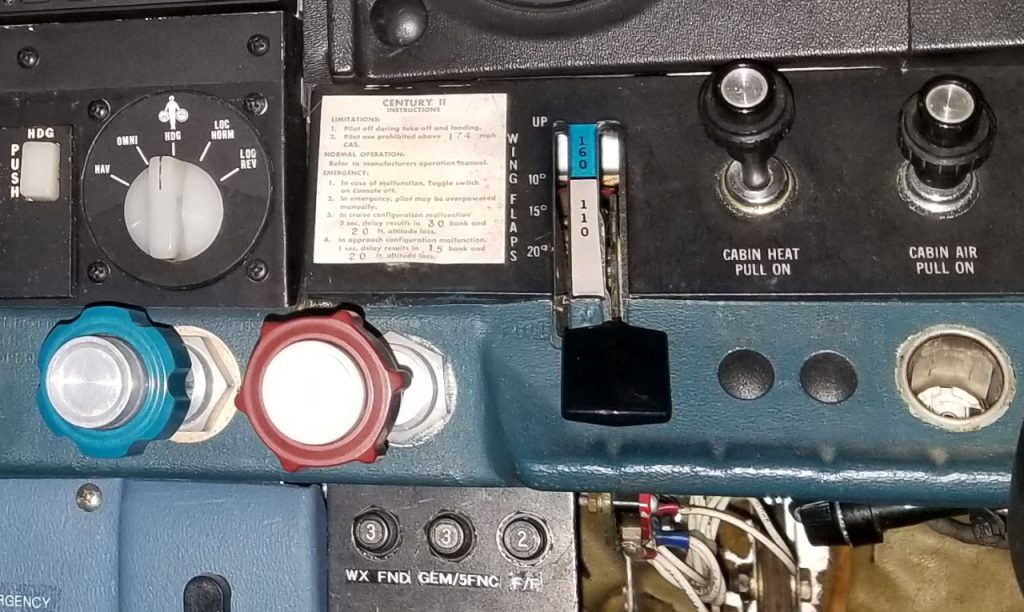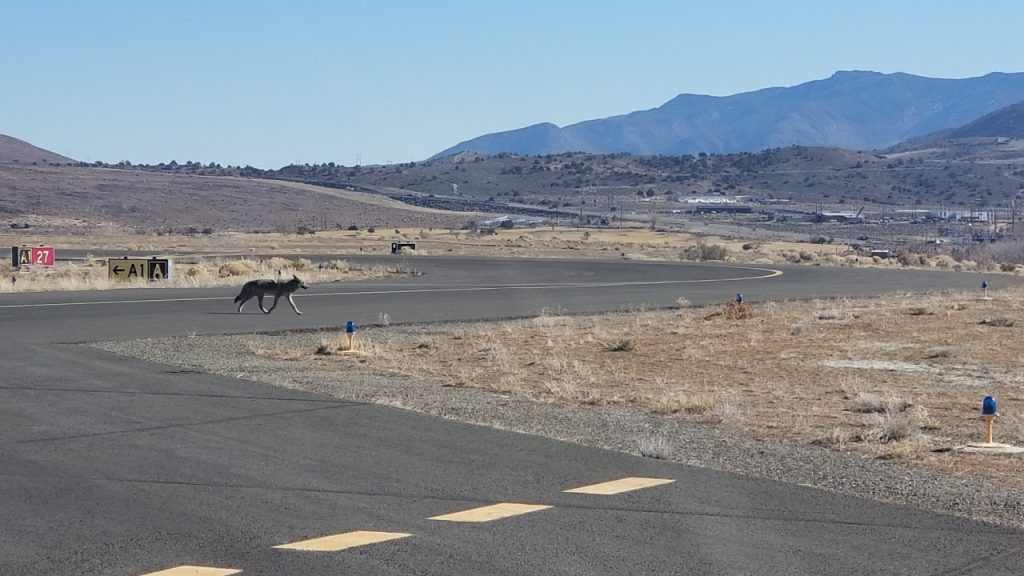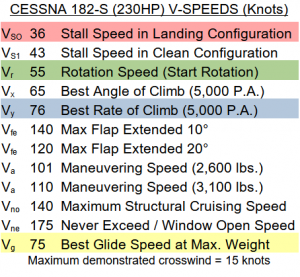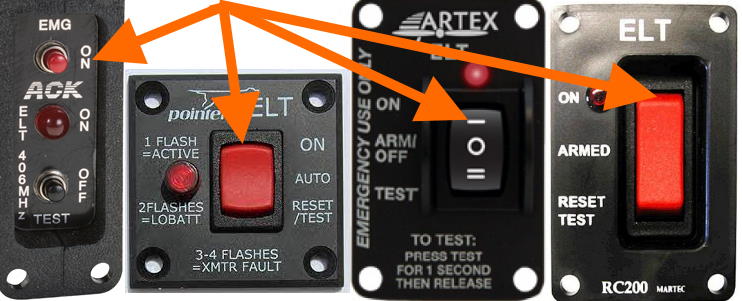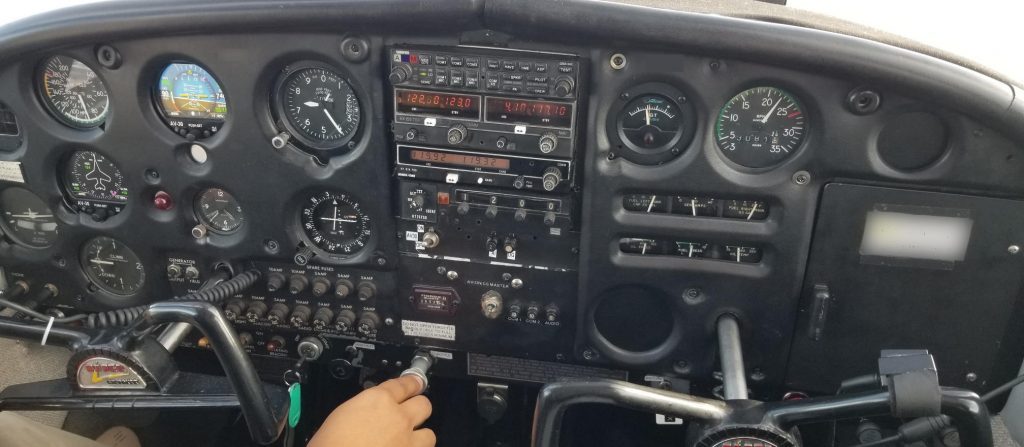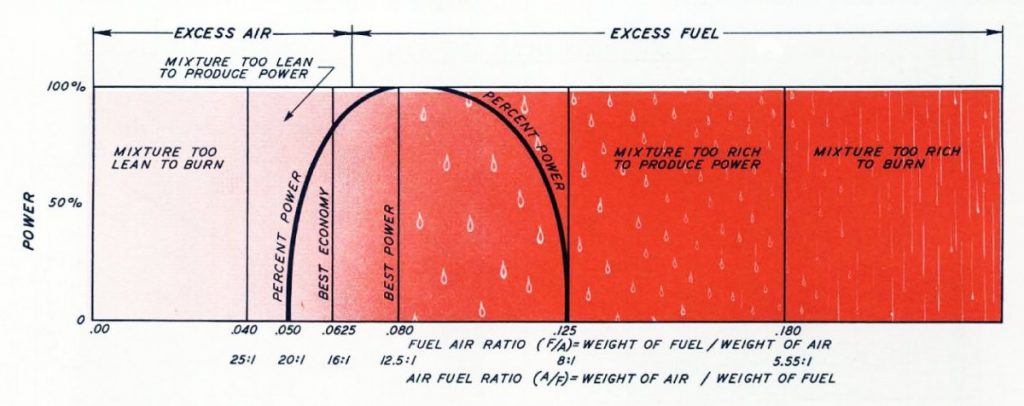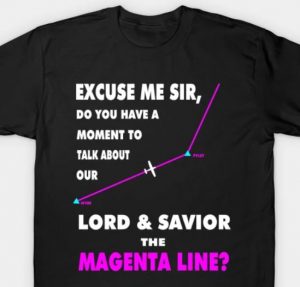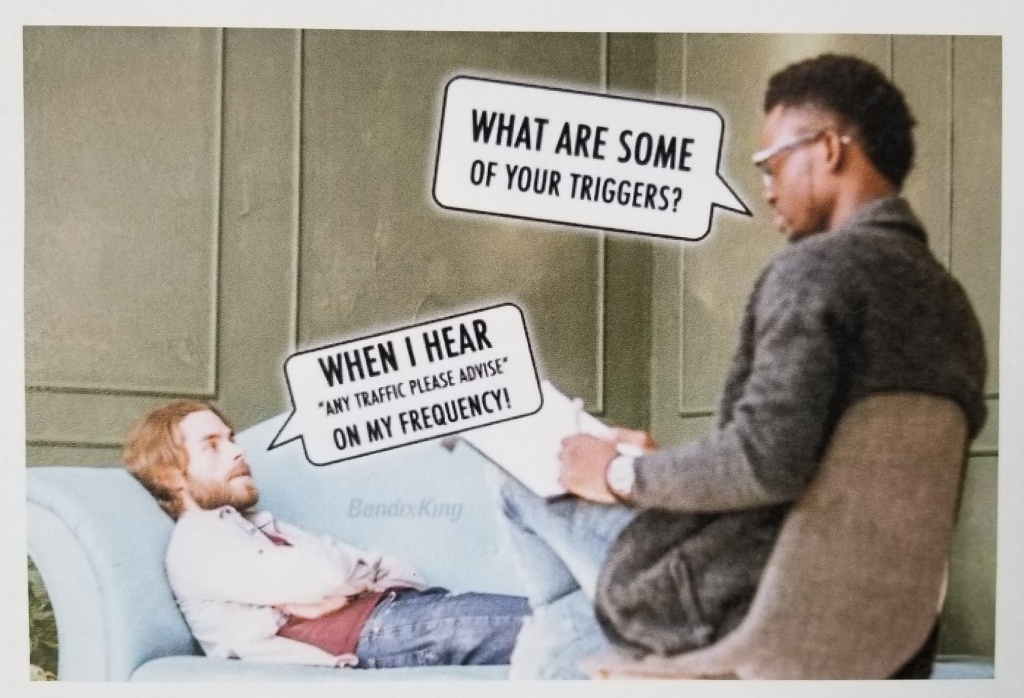Everyone starts out flying the same way – with ZERO hours in their logbook. This means we also have ZERO time using the radio for the first time, which is essentially a common-use party line where everyone will be listening. Then the anxiety ramps up when we first need to interact with someone sitting in a control tower or in front of a radar screen in a control center on the other end of the microphone.
The source of this anxiety is that no one wants to sound silly or “dumb” in this semi-public space with fellow aviators. Everyone wants to sound professional and that they belong there with everyone else. With time and practice the flow and exchange will become familiar, predictable and more at ease. Even regular professionals will occasionally stumble and botch a clearance, but it’s just a conversation, nothing to stress about.
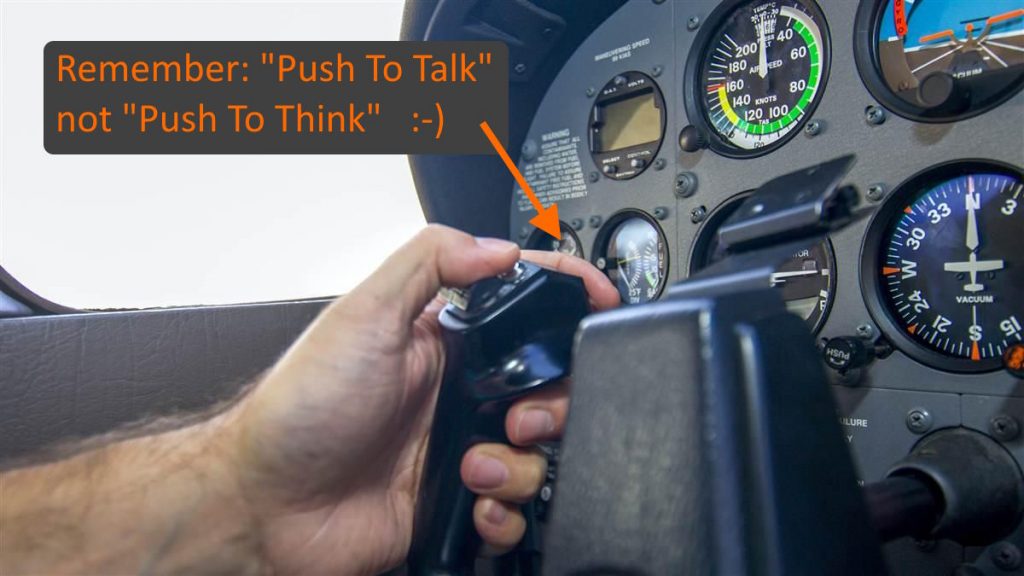
Today there are many resources to use to get ready and practice when you get rusty:
- If you’ve bought a portable VHF aviation radio as a backup radio and you are close to or before / after your flights you can use it to regularly tune into the local CTAF / Tower / Ground / Clearance frequencies to listen in on the radio calls and learn the rhythm, cadence and phraseology used by both the pilots and controllers.
- At home on your PC or on your mobile phone you can use the Internet resource of LIVEATC.NET, find your local airport (most airports are available) and listen to a stream of the local radio frequencies. They also host archived recordings, so you could listen to the busier times when there are GA and commercial traffic all talking to controllers or each other at a non-towered airport.
- “Chair Fly” the radio by listening to the clearances and pretending that you are the airplane that ATC is talking to and practice your responses.
- Refer to the FAA’s “Pilot / Controller Glossary” online or in the back of the FAR/AIM. The bolded words and phrases are the more frequently used, so if you hear something you’ve never heard before look there first.
The FAA also has a video pointing out best practices at non-towered airports:
Here is a link to a site that has a number of decent examples (with a few exceptions) of what to do, say and expect to hear when using the radio at towered and non-towered airports: https://www.flight-insight.com/post/vfr-radio-communications-script
NOTE: The first example “Departing Non-Towered Field (KLNA)” is not correct and doesn’t make sense. Here is an example of how that script should go using Carson City, Nevada (KCXP) as the example airport:
Tunes to AWOS frequency at Ramp and WRITES IT DOWN
AWOS: “Carson City Airport. Automated Weather Observation 1-9-3-8 Zulu. Weather: Wind 2-5-0 @ 5 knots. Peak gusts 12 knots. Visibility more than One Zero. Clear below One Two Thousand. Temperature 2-8. Dewpoint 5. Altimeter 3-0-1-2. Remarks: Density Altitude 7-0-0-0”
Tunes to KCXP CTAF Frequency
N6514W: “Carson City traffic. Cherokee November 6-5-1-4 Whiskey taxiing from Mountain West, via Delta, Runway 2-7. Carson City traffic”
Runup Complete
N6514W: “Carson City traffic. Cherokee November 6-5-1-4 Whiskey departing runway 2-7, Downwind departure to the Northeast. Carson Traffic.”
N6514W: “Carson City traffic. Cherokee 1-4 Whiskey (turning) Left Crosswind 2-7, Carson Traffic”
N6514W: “Carson City traffic. Cherokee 1-4 Whiskey (turning) Left Downwind 2-7, Carson Traffic”
Climbing above TPA
N6514W: “Carson City traffic. Cherokee 1-4 Whiskey departing the Downwind to the Northeast. 5 Thousand 800 climbing.”
Departs aircraft pattern to the Northeast
When a few miles East/Northeast of the airport and getting close to other airports
N6514W: “Carson City traffic. Cherokee November 6-5-1-4 Whiskey ‘X‘ miles Northeast of the airport, climbing through 6 thousand 200, departing Northeast, Last Call, Carson Traffic.”
I placed the word “turning” above in parenthesis because I would only say that if I were actually banking the airplane in the turn and this is what I try to say every time in the pattern if the radio is clear. This way others would know where exactly I was (the corner of the traffic pattern), banked with my wings up and down I will be easier to see.
Remember that these scripts are not carved in stone and are meant as a framework that can be adjusted for traffic in the area or different situations. Just apply a little logic and common sense. Think about what you would want to hear if someone else were making these calls, but the key is to be concise and brief. Also, avoid using “to” and “for” as much as possible (which is sometimes hard to do for us native English speakers), but can lead to confusion when combined with runway numbers.
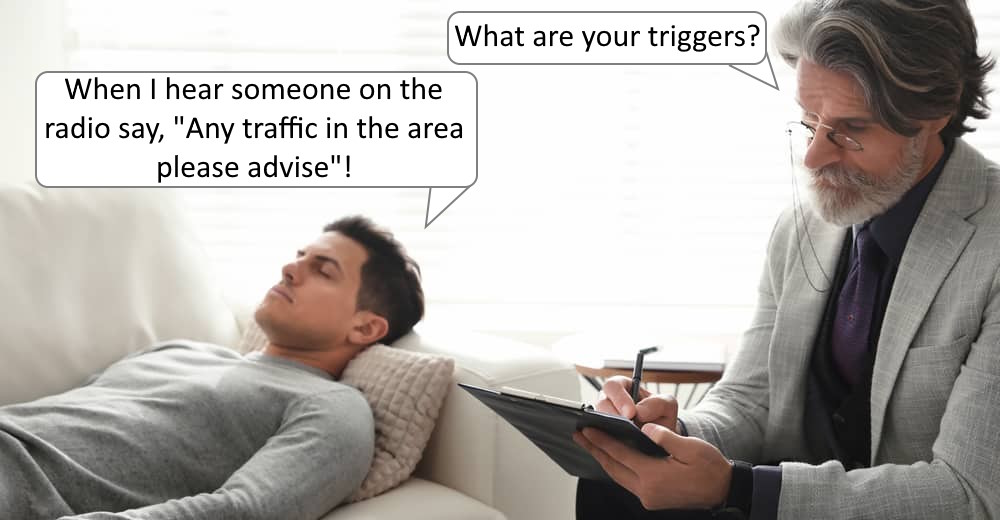
Also, it is recommended to avoid using generic terms in the examples such as “Cessna” or “Piper” or “Beechcraft” and instead say the model of the airplane such as Skyhawk, Skylane, Cherokee, Aztec, Citation, Baron, Bonanza, etc. This is because Cessna, Piper and Beechcraft make a variety of airplanes and saying Skylane instead of Cessna tells other pilots (and more importantly ATC) what model airplane it is and its performance characteristics so everyone can develop some situational awareness about whether it is a slow, fast or VERY fast airplane they are sharing the airspace with.
Where this really is helpful is when dealing with a tower departing an airport or when calling TRACON (approach) or ARTCC (center) in flight. If you say “Cessna” N5132R instead of “Skyhawk” N5132R the very next radio call from ATC will be “State type aircraft”. If you make the call saying “Skyhawk” they will immediately know (assuming the controller isn’t new to the job) that the airplane is a C172, just as a (Cessna) “Skylane” is a C182, a (Piper) “Cherokee” is a P28A, a (Piper) “Comanche” is a PA24, etc. This helps avoid wasting time on the radio going back and forth and allows for fewer distractions.
Of course, there are also exceptions to this “model specific” practice, such as when flying a Mooney (they basically make the same airplane – small and fast) or Cub (usually low and slow) or Sling or Tecnam, etc.
Overall the best practice, particularly when operating from non-towered airports, is to think about how your radio transmissions will come across to everyone listening and consider what YOU would want to hear from others to help develop YOUR situational awareness about what is going on around you. Besides, what you broadcast will likely be chronicled on the Internet in perpetuity, so be nice.

